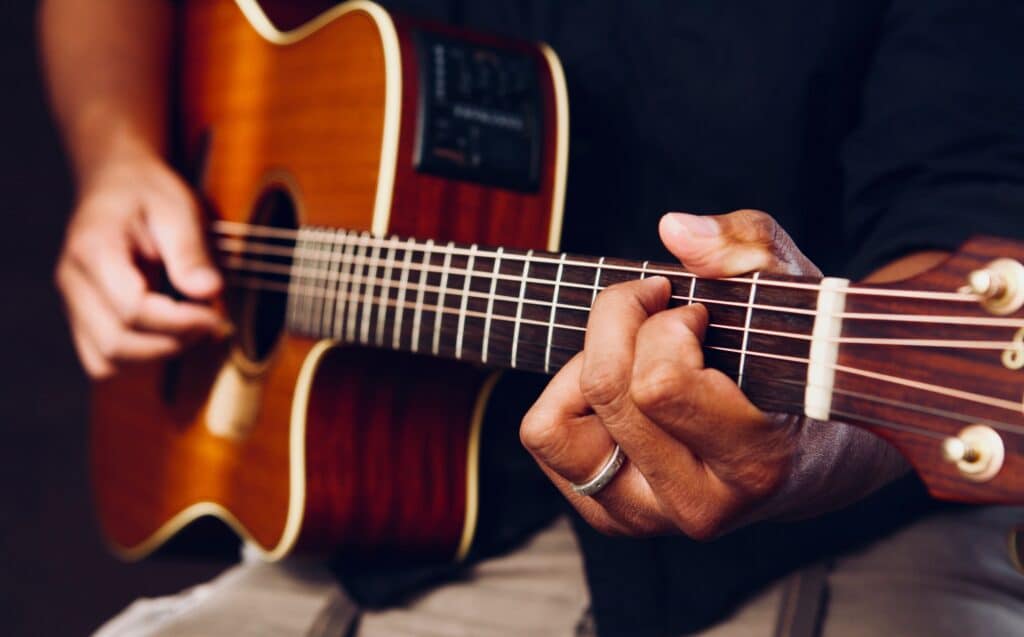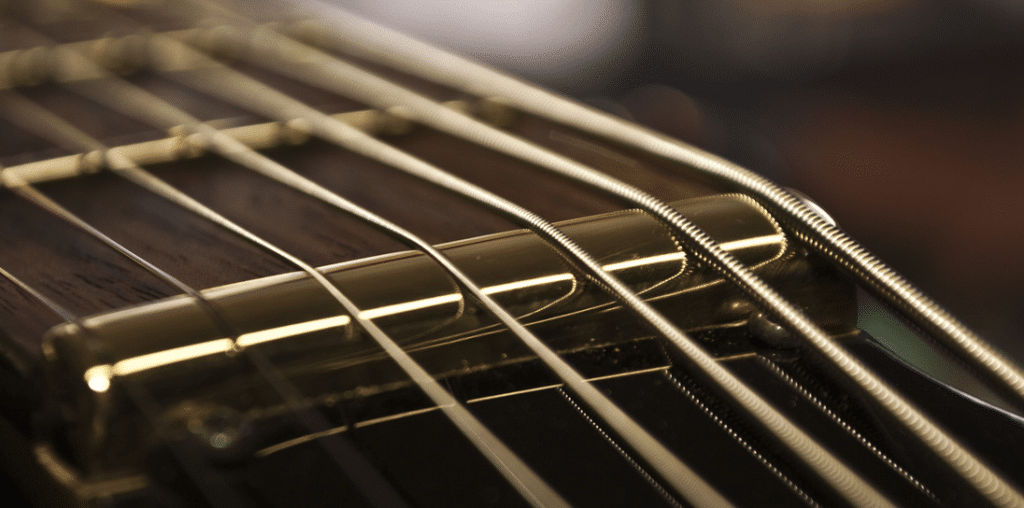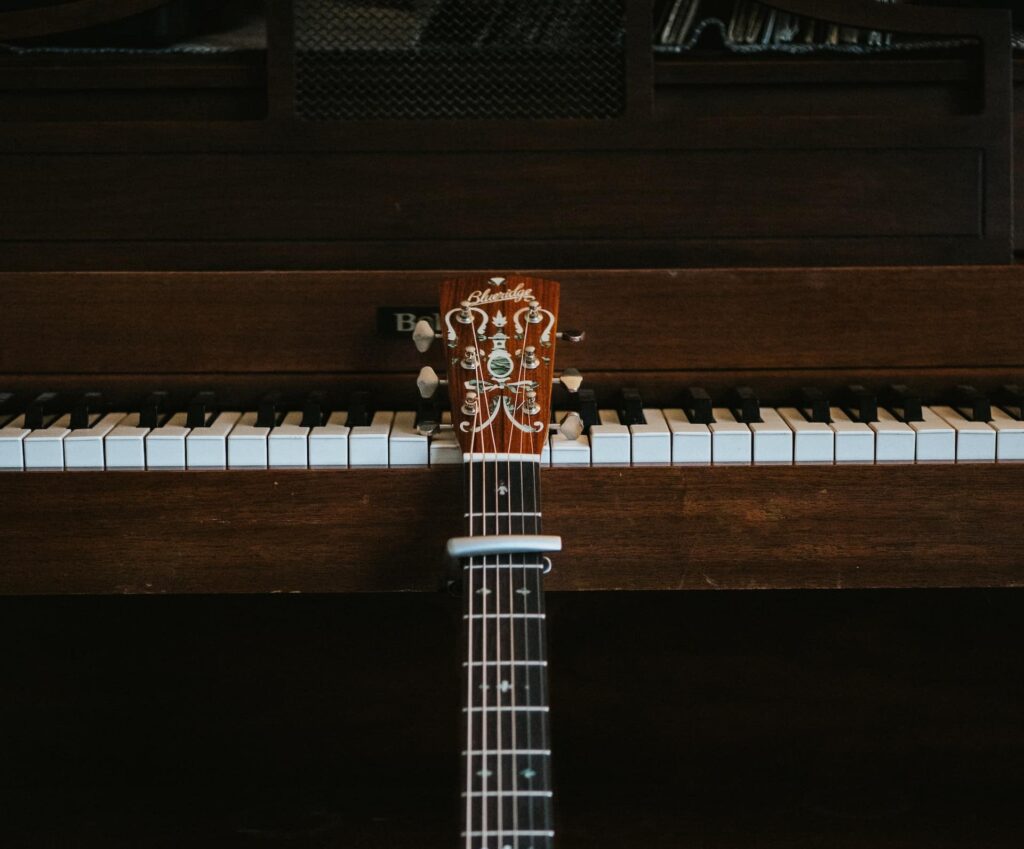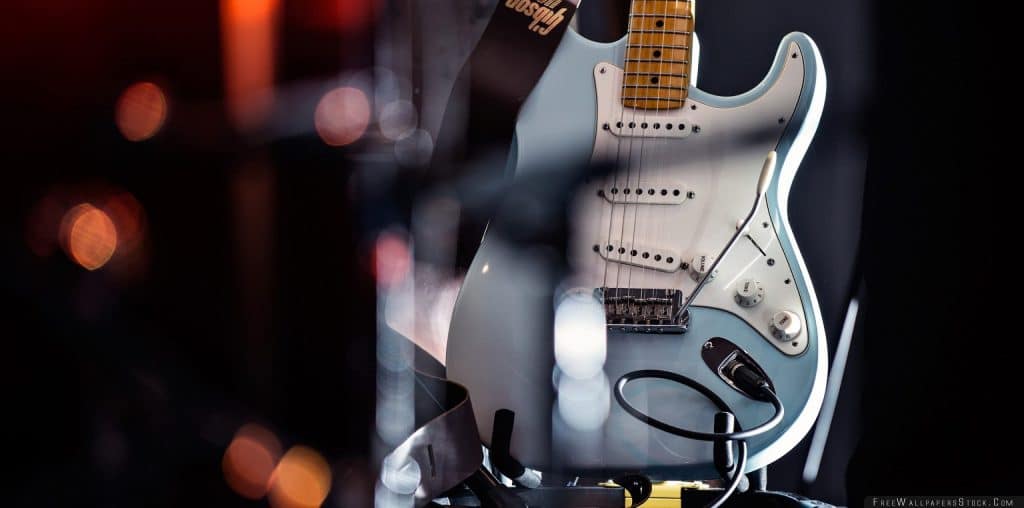- Always dust your guitars. After you use them, you should make sure to dust and clean them at least once a week. This will help you keep it maintained—especially in the hard-to-reach places.
- You can also polish them. Any guitar shop will have also have guitar polish spray that you can use on a guitar that gives it extra shine.
- Every once in a while, take it to a guitar technician. Just like you will go to a mechanic for your tune-up, a guitar expert will be able to run a set up on your 12-string guitar. This helps make the guitar easier to play.
- Use quality strings—always. To help you get that tone you’re looking for, your guitar should always be up-to-date with quality strings and be changed on a regular basis.
- Lastly, you can always use a lubricant for the strings. This extra tip can help make the guitar much easier to play. It also moisturizes and nourishes the fretboard.
If you keep your guitar maintained, then you’ll be able to enjoy it for a long time.
Price tag
If you already know the range of how much a 12-string guitar will run you, it’s easier to make a budget and pick from that range, like the Oscar Schmidt OD312CEB-A-U. This means that you can even choose quality, regardless of how much you have set aside to spend.
Features to consider while buying the perfect 12-string guitar
Neck
As you have twice the amount of strings compared to a 6-string guitar, there is going to be considerably more stress on the neck. Ask the manufacturer the question as to whether the neck is specially designed for 12 strings as using a standard acoustic guitar neck will inevitably break down.
The neck on a 12-string guitar should be reinforced with double truss rods that run down the whole length of the shaft, these should be very easy to see. A downside of these truss rods is that adjusting the neck can be very problematic. Try before you buy and see how the neck of the 12-string handles your playing style.
Strings
 Most 12-string guitars use bronze as the material for the strings. Although these strings used to be pretty expensive, nowadays they are much more affordable. When purchasing a 12-string guitar ask the seller about the string material, quality and durability to get a good sense of the playing quality.
Most 12-string guitars use bronze as the material for the strings. Although these strings used to be pretty expensive, nowadays they are much more affordable. When purchasing a 12-string guitar ask the seller about the string material, quality and durability to get a good sense of the playing quality.
A factor to consider with your strings is whether you want them to be coated or uncoated. Coated strings normal normally have long-lasting durability but will be more expensive than uncoated strings. If well maintained, uncoated bronze strings should also last a decent time but are more susceptible to rust.
Fretboard and frets
The fretboard, also known as the fingerboard, is a very important component of any stringed instrument. Usually constructed from wood, the fretboard is a long and thin strip of material that is laminated to the front side of the instrument neck. Players press down strings on the fretboard to change the vibration lengths of the strings which in turn changes the pitch of the sound.
Most 12-string guitars come with a fretted fingerboard where thin strips of hard material (typically metal) run perpendicular to the guitar strings. Fretted fingerboards are commonplace, only vastly experienced 12-string guitarists would consider an un-fretted fingerboard.
Many fretboards will include dots on the 3rd, 5th, 7th and 9th frets as well as the octaves of those positions higher up the guitar neck. This can be something to look out for particularly for beginners who may want extra guidance on chord progressions and notation.
It is natural that over time the frets can wear down which leads to a deadened sound or a buzzing. In these instances, the frets may need replacing or dressing with polish. Frets constructed of stainless steel are less likely to breakdown because of the strong material density.
Also, always check the fret alignment before purchasing. This can be done by playing bar chords along the fretboard. Bad fret alignment might lead to poor tonal quality on the 12-string guitar.
Body shape
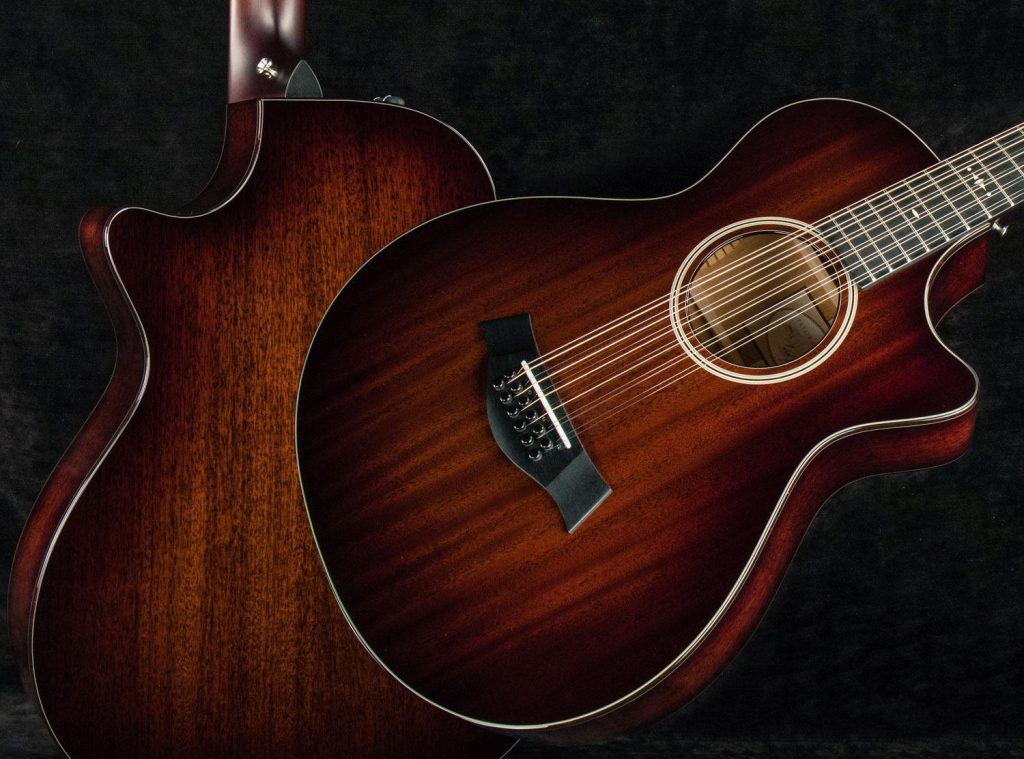 The body of a 12-string is constructed by many different parts. The top of the body is called the soundboard which is reinforced by internal bracing, often referred to as X-bracing, along with the back and sides which form a hollow chamber inside.
The body of a 12-string is constructed by many different parts. The top of the body is called the soundboard which is reinforced by internal bracing, often referred to as X-bracing, along with the back and sides which form a hollow chamber inside.
The curves seen on the upper body of the guitar are commonly referred to as the upper bout, while curves on the lower body are referred to as the lower bout. The area between the two bouts is the waist.
It is important to note that the shape and size of the body of a guitar influences both the playability of the instrument as well as the sound type. There is no correct answer for the best 12-string body shape, it is really dependent on your own physique and playing style. The best way to work this out is by holding and playing a variety of different 12-string guitars to see which is the most comfortable to play.
The soundhole is the hole in the middle of the body which projects the sound. 12-string guitars tend to have circular soundholes but some designers experiment with triangular holes too. Comparing soundholes is necessary to understand the projection potential of a 12-string guitar. Electric 12-string guitars with little or know soundhole will fail to produce a solid and robust projected sound when played acoustically.
Tonewood
An important consideration for you to make before purchasing a 12-string guitar is the type of wood used in guitar construction as the wood type as an important effect on the sound type and quality.
For 12-string guitars mahogany, which is a dense wood giving a slower response rate, is known for giving a warm sound that particularly emphasizes notes at the higher end of the guitar. These tones are particularly suited to folk or blues guitar players. 12-string guitars with a solid spruce top are higher quality and more expensive compared to a laminate top.
Other tonewoods and their tonal characteristics include:
- Cedar: A softer wood that is quick response producing bright tones. Associated with classical and flamenco style guitar playing, like the Fender CD-140SCE-12.
- Cocobolo: A hardwood originating from Mexico that is also highly responsive and produces a bright sound.
- Granadillo: A scarce wood that is as a more dense type of rosewood. When used for 12-string guitars it creates a ringing tonal character that is similar to the marimba – a barred instrument where the granadillo wood is commonly used.
- Koa: A distinctive wood from Hawaii that is a rich gold in color. It is a particularly expensive wood choice and is not commonly found on 12-string guitars. The wood is strong in bringing out mid-range tones.
- Rosewood: Commonly found on 12-string guitars as the material for the fretboard. Rosewood produces rich overtones that are perfect for sound projection even during heavy bass sections.
When you find a 12-string guitar that you like, take your time to do a quick research of the wood type so that you are able to better understand the strengths and limitations of the tones from the guitar.
Accessories
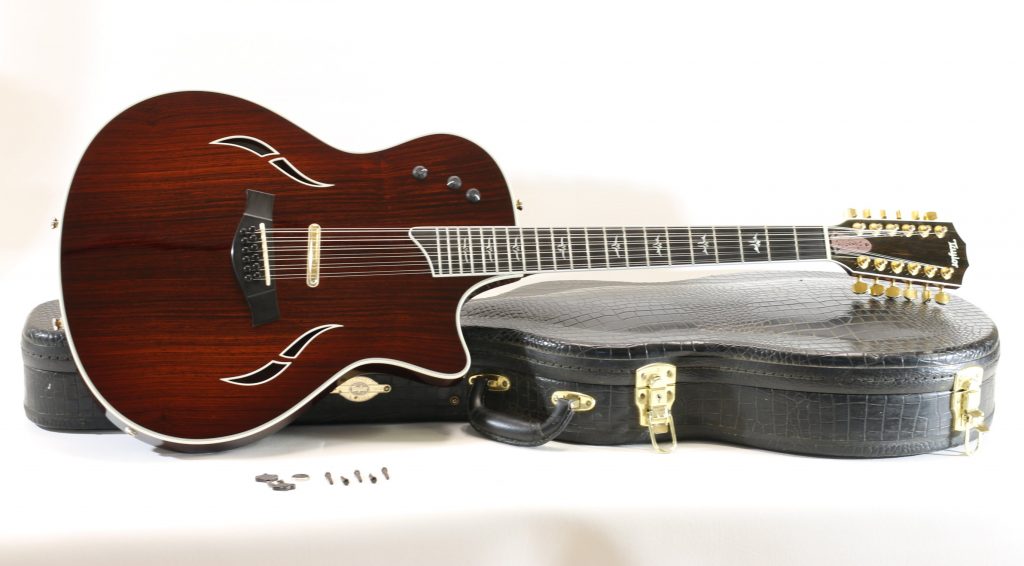 Beyond the sound and wood quality of the 12-string guitar that you are looking to purchase, a good tip is to look for any accessories that come with the guitar. These may include a guitar case, plectrums, a tuner, a guitar strap or even extra guitar strings.
Beyond the sound and wood quality of the 12-string guitar that you are looking to purchase, a good tip is to look for any accessories that come with the guitar. These may include a guitar case, plectrums, a tuner, a guitar strap or even extra guitar strings.
Although they may seem small and insignificant add-ons, having some useful accessories added on to the purchase of your 12-string guitar can be a deciding a factor.
Warranty
Typically, most 12-string guitar manufacturers offer a one-year warranty when purchasing a guitar. This does vary, however, with some offer five years and others even lifetime warranty agreements, like the Epiphone DR-212.
Like all warranty agreements, it is essential that you read the terms and conditions before committing to purchasing. It is important that you know what type of damaged is covered and which is not.
Warranty may also differ for different parts of the guitar. Electric parts, for example, such as the built-in tuner, often have greater leeway in terms of warranty compared to the whole guitar.
Electric 12-string guitar
A very important consideration to make before purchasing a 12-string guitar is deciding whether you want to buy a guitar that has electric features. 12-string guitars will vary in their electric offers, those with basic electrical features will have a built-in tuner as an EQ port to plug into an amplifier.
12-string guitars with more advanced electric features will have dials to control the tone and special effects.
It really depends on your musical style as to whether you want or need electrical features to your 12-string guitar. If you would like the chance to experiment, choosing a 12-string guitar with more advanced electric features will be the guitar for you.






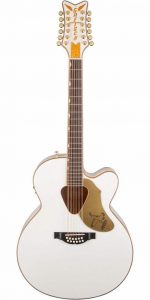
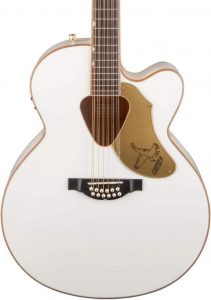

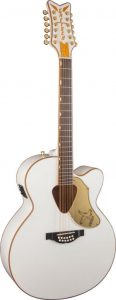
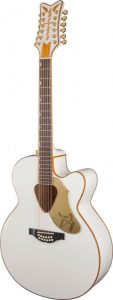

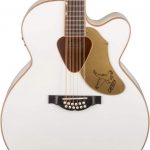
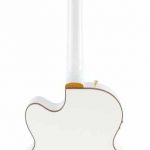
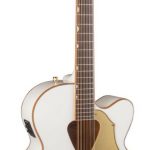
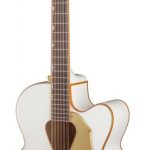
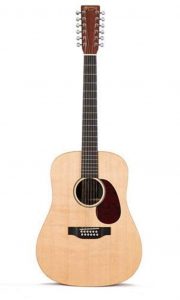
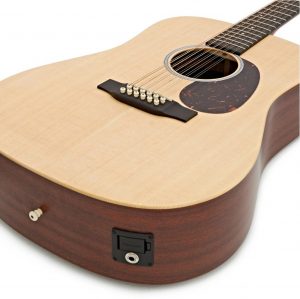
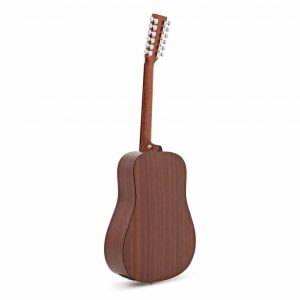


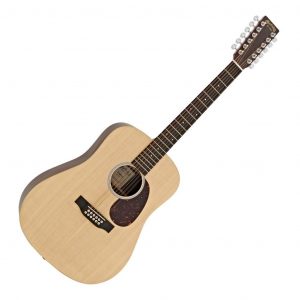
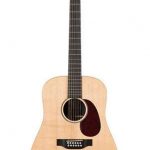
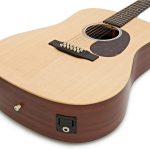
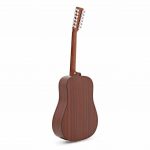
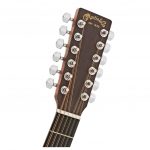

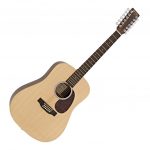
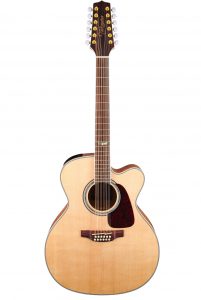
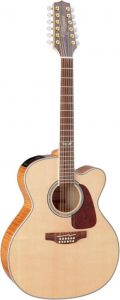

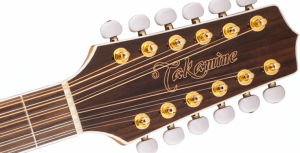
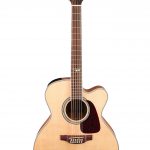
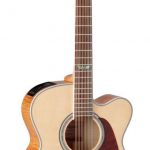
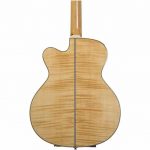
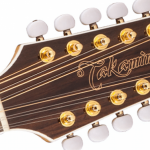
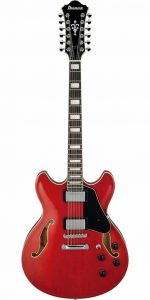

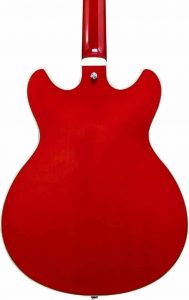
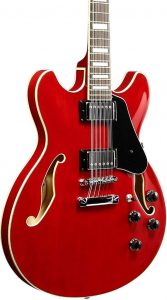
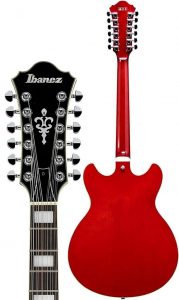
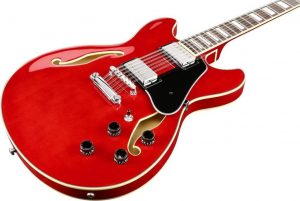
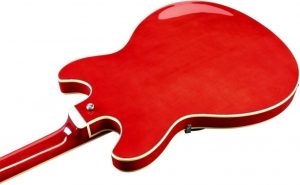

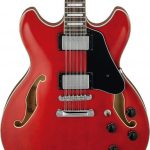
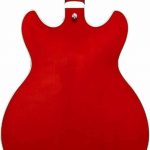
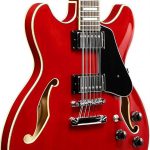
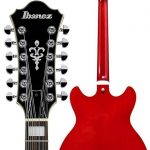
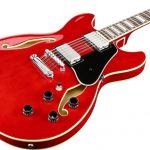
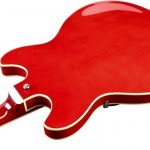
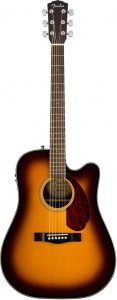



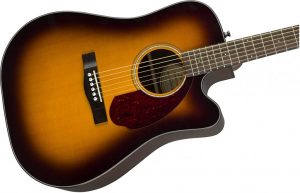
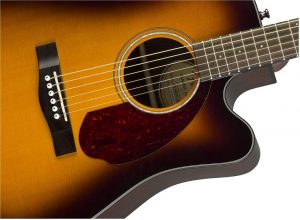
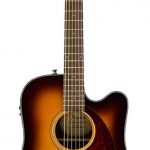
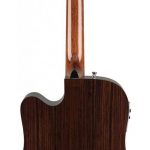
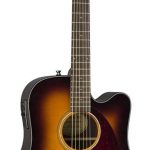
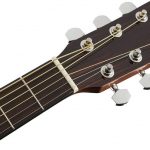
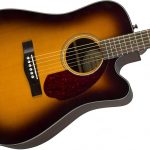


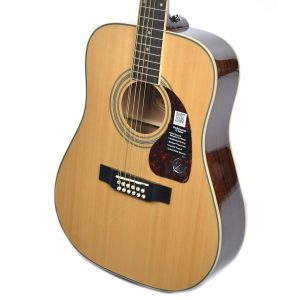
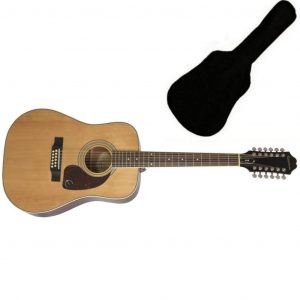
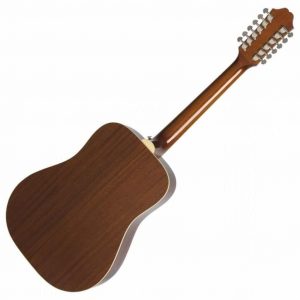
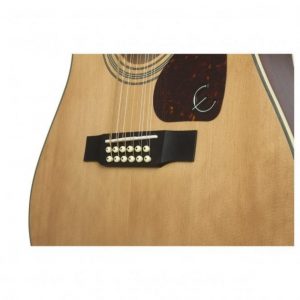
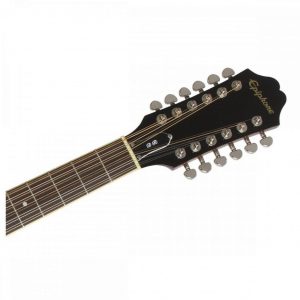

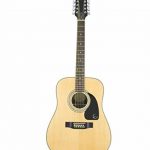

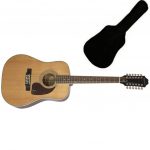
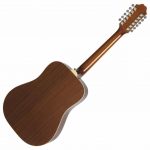
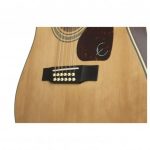
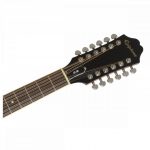

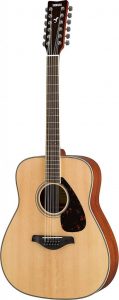


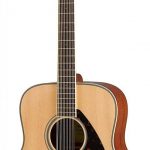
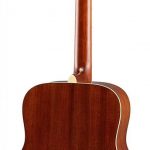

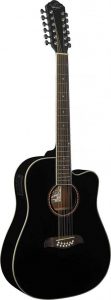
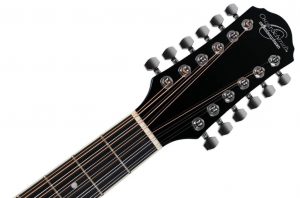
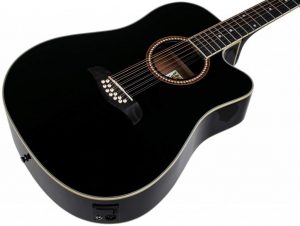
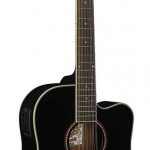
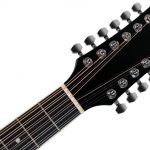
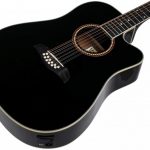
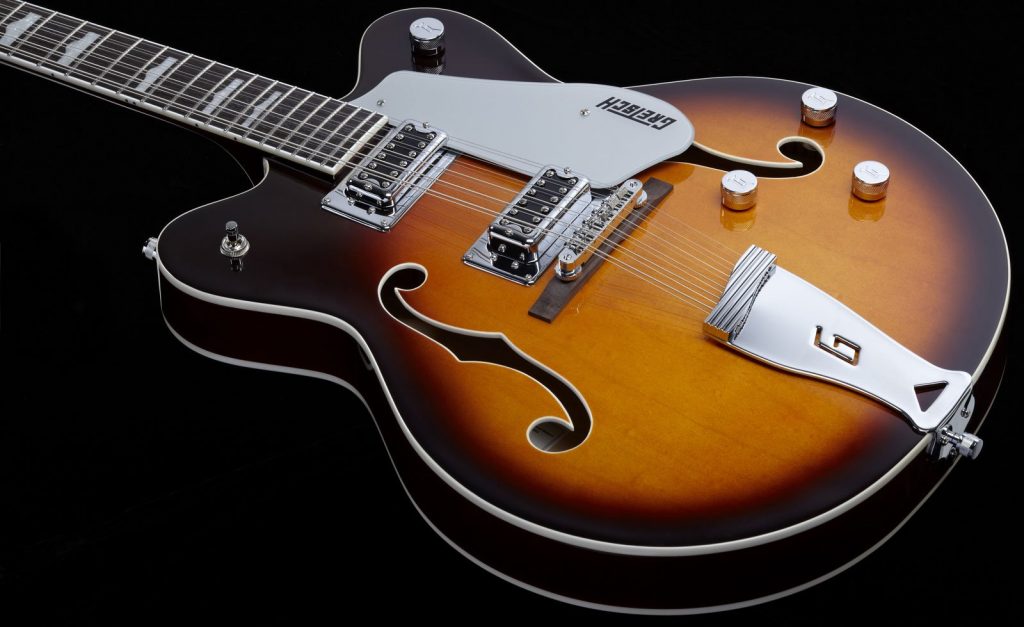 Opposed to traditional guitars, a 12-string guitar is an upgrade for those looking for a little more difficult of an instrument to tackle.
Opposed to traditional guitars, a 12-string guitar is an upgrade for those looking for a little more difficult of an instrument to tackle. Most 12-string guitars use bronze as the material for the strings. Although these strings used to be pretty expensive, nowadays they are much more affordable. When purchasing a 12-string guitar ask the seller about the string material, quality and durability to get a good sense of the playing quality.
Most 12-string guitars use bronze as the material for the strings. Although these strings used to be pretty expensive, nowadays they are much more affordable. When purchasing a 12-string guitar ask the seller about the string material, quality and durability to get a good sense of the playing quality. The body of a 12-string is constructed by many different parts. The top of the body is called the soundboard which is reinforced by internal bracing, often referred to as X-bracing, along with the back and sides which form a hollow chamber inside.
The body of a 12-string is constructed by many different parts. The top of the body is called the soundboard which is reinforced by internal bracing, often referred to as X-bracing, along with the back and sides which form a hollow chamber inside. Beyond the sound and wood quality of the 12-string guitar that you are looking to purchase, a good tip is to look for any accessories that come with the guitar. These may include a guitar case, plectrums, a tuner, a guitar strap or even extra guitar strings.
Beyond the sound and wood quality of the 12-string guitar that you are looking to purchase, a good tip is to look for any accessories that come with the guitar. These may include a guitar case, plectrums, a tuner, a guitar strap or even extra guitar strings.




